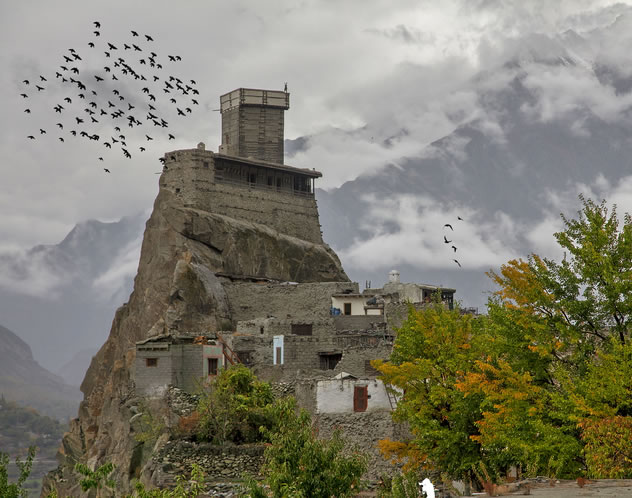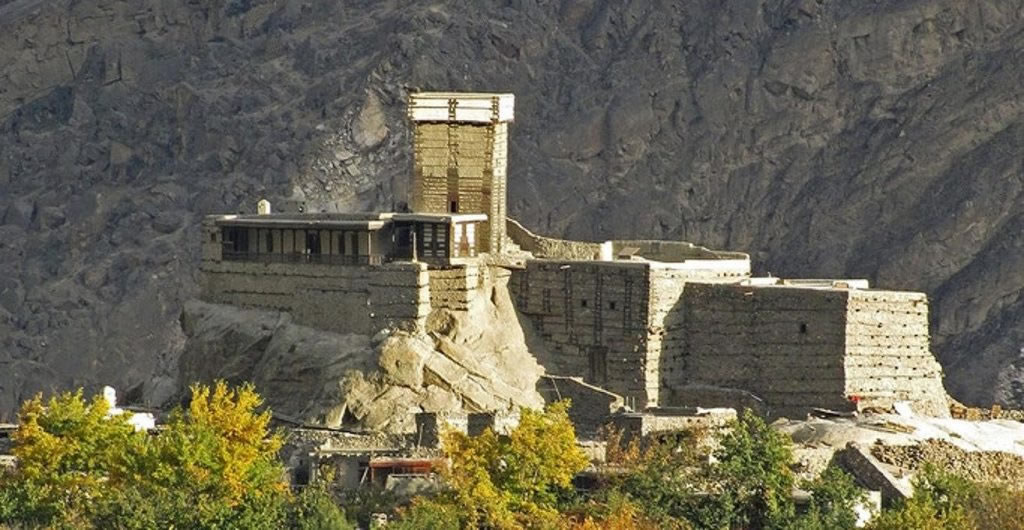Hunza and its surrounding is full of historical and cultural sites. If you want to know more about the rich traditions and the ancient folk lores of the area, book one of specially designed Culture and History experiences and leave the rest to us for a comfortable and exclusive day trip.
Authentic Hunza Tour – Learn about local history, culture, arts & crafts and local delicacies

1. ALTIT FORT DAY EXPERIENCE
Altit Fort is a spectacularly sited defensive work overlooking the Hunza river. It was built in the 11th century and was originally home to the hereditary rulers of the Hunza state who carried the title of ‘Mir’. Village lore holds that the fort was constructed by craftsmen from Baltistan, who came here at the behest of the Balti princess Ayashu who was married to the Mir of Hunza, Shah Khan. Although the primary purpose of the fort was defensive, it also served as the seat of power of the Mir of Hunza before the political centre moved to nearby Baltit (modern-day Karimabad). The architecture of the fort is heavily influenced by the square layout common to Pamir, Hindukush, Karakorum and the Western Himalayas.
Offto Resort is located only 4KM away and it takes only 10 minutes to drive to the fort.
2. BALTIT FOR DAY EXPERIENCE:
The Baltit Fort stands on moraines of Ultar glacier in the central Hunza valley. The rich beauty of Baltit Fort can be traced back 700 years, to Ayasho II, Tham/Mir (ruler) of Hunza, who married Princess Shah Khatoon (Sha Qhatun) from Baltistan in the early 15th Century. The Hunza rulers initially resided in the Altit Fort, but later, as a result of a conflict between the two sons of the ruler (Sultan), Shah Abbas (Shάboos) and Ali Khan (Aliqhάn), Shaboos shifted to the Baltit Fort, making it the capital of Hunza. The power struggle between the two brothers eventually resulted in the death of the younger one, and Baltit Fort established itself as the seat of power in the Hunza state. Consequently, the structure of Baltit Fort was influenced by the Ladakhi/Tibetan architecture, with some resemblance to the Potala palace in Lhasa. Additions, renovations and changes to the building were made through the centuries by the long line of rulers of the Hunza region, which was on the historic Silk Route. Ticket costs Rs. 800/- for locals and Rs. 1000/- for foreigners that includes a full guided tour of the complete fort.


3. KORGAH CARPET CENTRE:
Korgah is the carpet centre in the heart of Gulmit. It was established by local women. In 1997, KADO, a local NGO organised formal training for women to polish their weaving skills The carpet centre is located in a traditional Wakhi house whose interior dates back to 400 years. Four looms are arranged in the small main room, the floor is covered by sharmas with traditional patterns made of yak hair. Women artisans make beautiful carpets from the wool of goats, sheep and yaks. All of their products are for sale. Korgah is not only a carpet making centre but holds history, tradition, culture and stories of women’s strength. It takes 1 hour and 10 mins to reach Korgah from karimabad. The place can be explored along with mesmerising views of gulmit.